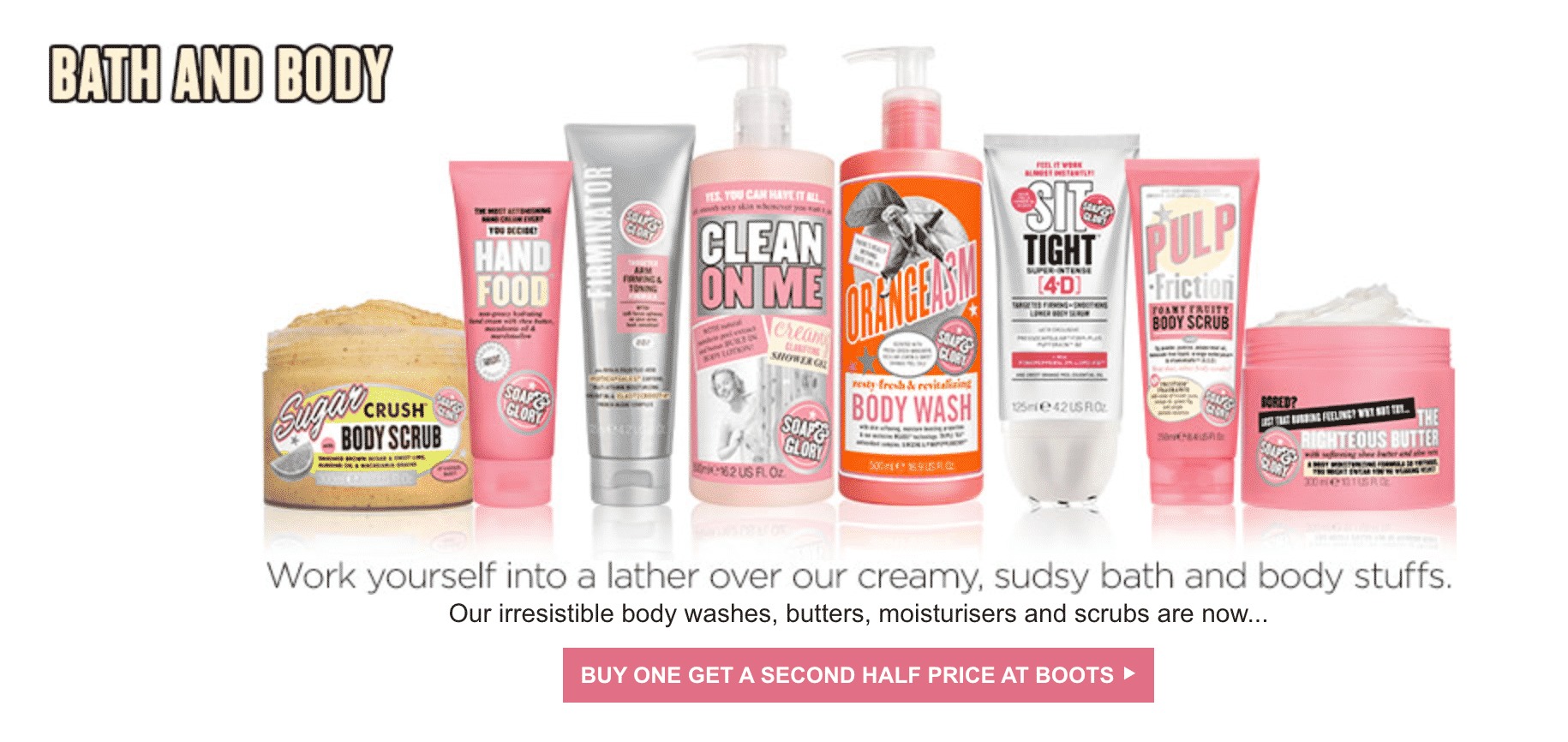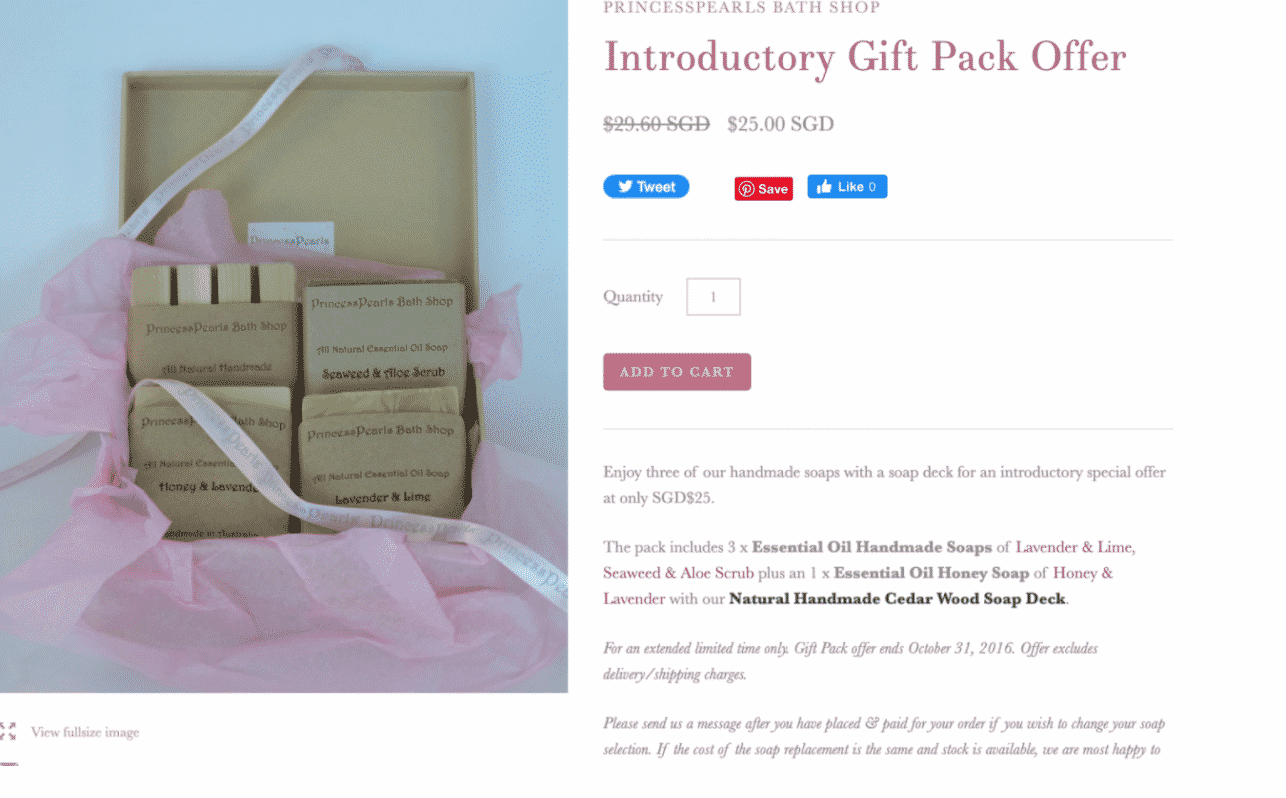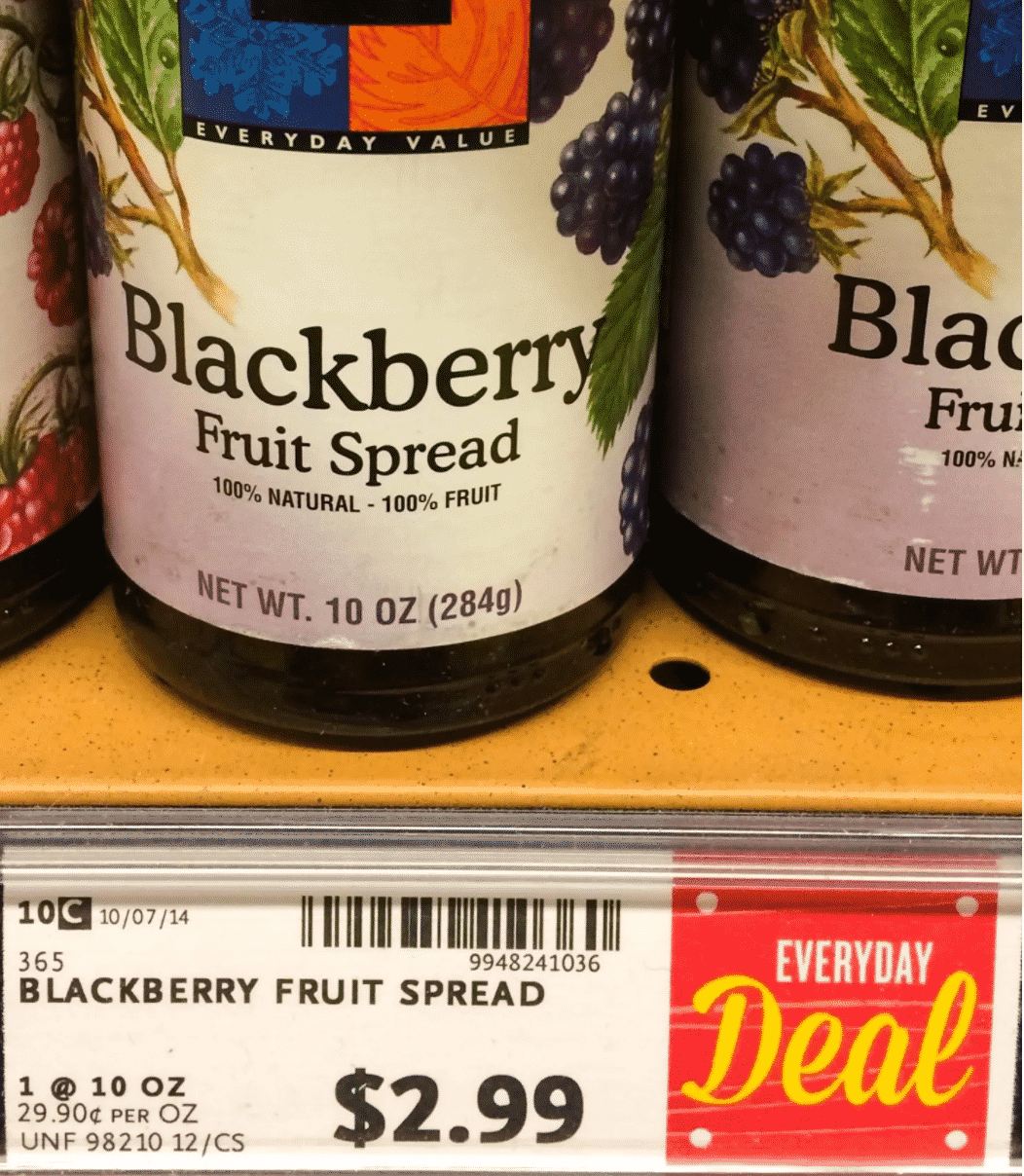How Does a Penetration Pricing Strategy Work?
In a penetration pricing strategy, the focus is on market share rather than profits for a given period. The aim is to generate demand, build a customer base quickly, and maximize brand loyalty in a short period of time.
Penetration pricing occurs when companies introduce a low price for their new product or service. The initial cost is lower than their competitors’, drawing in more shoppers. The goal is to take some of your competitors’ customers for both the short-term, but more importantly, the long term. After a period of growth, the company typically raises prices to increase profits and reflect the product’s actual value.
If it is an innovative product, this principle works simultaneously. The price is removed as a barrier to getting people to try the new product or service. The company sets a bargain price while maintaining the value of the product or service. Competitors then have less time to react before the company gains market share and becomes the new standard in the eyes of many consumers.
Penetration pricing is typically used when a high demand for a new product or service is anticipated. The hope is that the sales volume and long-term value of the customers\ will offset the lower than average cost.
Price elasticity also matters. Companies that sell price-elastic products also use the penetration strategy. High prices could hamper sales and limit growth during the crucial launch period. Low prices are the door opener for many new businesses.
Advantages of The Penetration Pricing Strategy
Penetration pricing comes with a lot of benefits for retailers or SMB owners. Here are some of them:
A new market entrant with a low price can sometimes take competitors off guard (this is more likely with a stealth launch.) Your business may face less competition and opposition marketing in the early launch period.
Also, some companies may not be able to lower their prices significantly, which prevents them from joining the race you are leading. However, once you decide to start raising product prices to match your expected profit margin, be sure to find ways to compete effectively.
-
Facilitates rapid adoption:
Bringing a new product to market at a low price can accelerate how customers will test and accept it. Customers may view the purchase as less risky and will be more willing to try it.
Customers highly value a good deal. New businesses can build goodwill among many customers with a low initial price. Such bargains can lead to repeat business. In addition, price-sensitive customers are more likely to switch and promote the product through word-of-mouth marketing, a bonus for your business.
Penetration pricing strategy is one of the fastest ways to retain customers when launching a product. However, it is essential to note that even though low prices attract customers, a great product keeps them coming back, even if the price goes up. Therefore, it is vital to make sure that you sell your customers a quality product.
One of the main objectives of a penetration pricing strategy is to convert as many customers as possible. This is especially true for a product designed for a mass market. Penetration pricing can increase your sales volume to offset the risks of a low price. In addition, suppliers may offer wholesale discounts if a product sells out quickly.
Penetration-based pricing inherently requires diligent budgeting and forecasting. With this strategy, your company can pinpoint areas where cost efficiencies can be improved, marginal costs can be reduced, and inefficiencies are identified.
Disadvantages of Penetration Pricing
While a penetration pricing strategy allows you to enter a fairly complicated market, it also has short and long-term drawbacks. Here are some of them:
-
Risk of less customer loyalty
Penetration pricing carries the risk of dealing with frequent customer turnover. Such customers switch stores to take advantage of good deals and leave when prices increase. To avoid this situation, businesses must carefully announce and implement price changes.
-
Narrow or decrease in profit margins
Obviously, low prices exert pressure on sales. Companies that sell products must also keep a close eye on inventory levels and avoid overstocking. Failure to do so can result in a business suffering losses due to excessive inventory. In addition, business owners must adhere to planned price increases if they want this strategy to be profitable.
Consumers may be suspicious of very low prices and generous introductory offers. Companies using the penetration pricing strategy may need to protect their brand image from negative assumptions about the quality or utility of their products.
Netflix: A Perfect Example of Penetration Pricing Strategy
Netflix is a stunning illustration of using penetration pricing to outpace a significant competitor. In the late 1990s and 2000s, DVD rentals became a widespread phenomenon. While Blockbuster dominates the home entertainment market, it also comes with late fees and limited options. Netflix offers a unique proposition.
If customers could wait a day or two for their DVDs to arrive, they would be able to access a better movie library without paying late fees. Netflix emphasized simplicity and affordability to attract Blockbuster customers from the outset. In 2000, Netflix subscribers could rent four movies at a time for $15.95 with no return date.
That means the average moviegoer could rent a DVD for $1 or less, while Blockbuster’s three-day rental was about $4.99. Penetration pricing – and an innovative idea – allowed Netflix to build its subscriber base and start turning a profit in 2003, five years after opening. The lower initial price enabled customers to test their new service and make the switch.
And it’s a switch that few would look back from. In the end, Blockbuster filed for bankruptcy by 2010 and Netflix has since gone on to become one of the most widely used services in the world.
How To Implement Penetration Pricing Strategy As a Retailer?
New retailers must craft strategies to attract and retain new customers to break through entry barriers. When you leverage penetration pricing strategies, you develop a long-term game plan. For this strategy to work, it’s essential to set a cutoff date for penetration pricing promotions. Time limits encourage buyers to act quickly to limit the loss of profits. Here are some examples of how you can implement penetration pricing.
Buy One Get One (BOGO) is a sales promotion offer made to the consumer in which the purchase of one unit of a product is encouraged or rewarded by the provision of a second unit of the same product free or at a substantial discount. Buyers generally overestimate the benefits of “free,” even when compared to better quality items at a discounted price.
This strategy works better than offering 50% discounts because the word “free” has a powerful psychological effect. Rather than selling a product at a fraction of its original price, the customer buys other items at standard or higher prices, which can offset the discounted product. BOGO is a great way to get rid of dead stock or excess and slow-moving merchandise or to launch new products. These new products can be linked to the best-selling products in a similar category.
See related: Product Bundling For Retail: How to Package Products Together For More Sales

Here is an example of a BOGO from the eCommerce retailer Boots.
The most common way to enter the market is to have a lower introductory price. Promoting a new product or service with an introductory discount can get your customers’ attention. If you are confident in your new product or service, this strategy helps you get the most exposure possible.
Just make sure you have a pricing plan for the product that won’t cost you too much. After generating enough awareness, you can raise the price to cover short-term losses. Lowering the initial offer price will only work in your favor if people regularly purchase the product (think everyday items).
If you offer a food subscription service and lower your annual price, you will need more time to achieve a break-even point. Princess Pearls Boutique is a business that has taken advantage of this strategy. It offers their new set of soaps at a reduced price.

See related: Product Bundling For Retail: How to Package Products Together For More Sales
Offer free trials
Free trials are often offered in subscription-based products and services. By letting your target audience get a free taste of your service, you let it speak for your business. At the end of the free trial, customers can commit to regular billing if satisfied. If not, their feedback will help you improve your product and make it more competitive.
Netflix and Amazon are perfect examples of companies that leverage this type of penetration pricing strategy. But this approach is not limited to software and streaming service providers, SMBs can also implement it by offering a brief trial period for their products.

An example of a free trial subscription every two weeks offered by the coffee selling company Unique Coffee Roasters.
3 Examples of Penetrations Pricing Strategies In The Retail Industry
Penetration pricing strategies often have the long-term goal of improving a company’s status in a given industry and retaining more customers who may be inclined to choose a familiar brand in the future. Here are some common examples of penetration pricing from a few retail companies.
Grocery chains can employ a penetration pricing strategy to promote a brand by offering food products at low prices. Managers can also prioritize popular or high-value products to increase sales when developing their pricing plans. This strategy can also allow an organization to promote new products, which develops positive relationships between its leaders and food distribution partners. Here’s an example of how a grocery store chain can use penetration pricing:
Brodington’s Market’s grocery store offers a membership service that gives customers access to certain discounts on new or popular items. To promote this service, Brodington’s management gives away organic fruit at a discounted price of $2.99 to customers who sign up as new members while making their purchases. As a result, the organization is growing its customer base and developing strong relationships with organic fruit distributors.

Apparel retailers can use penetration pricing by offering additional services to customers when they purchase merchandise. This can include additional amenities, free products, or access to exclusive promotional material. Using this strategy can help a company build a relationship with customers and establish brand awareness in the media. Here’s an example:
A wedding dress boutique called Marriage Styles offers free accessories to customers who spend $500 or more on an article. To boost the company’s reputation in the industry, executives add a free alterations service to the initial offer. As a result, Marriage Styles gets many positive reviews from online shoppers and increases overall sales.
Video game companies often use penetration pricing strategies by offering free products that incorporate paid features. Managers may also offer an initial game title at a discounted price, then raise the price for any additional features, such as downloadable content (DLC).
Consumers may feel more drawn to buy more content from a company if they are already familiar with it. Here’s an example of how a video game company can use a penetration pricing strategy:
Wild Globe Enterprises makes a popular game where you can simulate life in a suburban town. After offering the original product for free at a holiday sales event, executives announce additional paid content and then offer the option to purchase it in the app itself. As a result, the company maintains a growing customer base and revenue.
KORONA POS: The POS Provider You Need To Better Access Your Penetration Pricing Strategy
Integrating penetration pricing into your marketing strategy can reduce the friction associated with new product introductions. Penetration pricing will drive sales, which will lead to more advanced inventory management and product reporting, allowing you to better monitor your products and promotions.
And that’s where KORONA POS steps in. KORONA POS is a cloud-based POS system that allows you to track inventory and sales even when you’re not on your company premises. Everything is consolidated under a single system, whether your business is brick-and-mortar or online.
Choosing a solid POS system that is fast, efficient, and adapts to your business needs is imperative. If you want to learn more about KORONA POS, please click on the button below for a free demo with one of our product specialists.




